Physical medicine and rehabilitation (PM&R) is a specialized branch of medicine focused on restoring functional abilities and improving the quality of life for individuals with physical disabilities or impairments. PM&R encompasses a wide range of medical conditions, including neurological disorders, musculoskeletal injuries, cardiovascular conditions, chronic pain syndromes, amputations, and spinal cord injuries. The importance of PM&R in healthcare lies in its holistic approach to patient care, emphasizing comprehensive assessment, individualized treatment plans, and multidisciplinary collaboration among healthcare professionals. By utilizing various therapeutic modalities, such as physical therapy, occupational therapy, and speech therapy, PM&R aims to maximize patients’ independence and facilitate their integration into society. Furthermore, PM&R plays a crucial role in helping patients regain mobility, manage pain, and achieve optimal levels of functioning, thereby improving their overall well-being and reducing the burden on healthcare systems.
Historical Overview
The evolution of rehabilitation and physical medicine as a medical specialty dates back to the early 20th century, with the emergence of rehabilitation programs for soldiers injured in World War I. However, it wasn’t until the mid-20th century that PM&R began to formalize as a distinct medical discipline. Milestones in the development of PM&R include the establishment of the first rehabilitation centers in the 1940s and 1950s, which provided comprehensive care for individuals with disabilities resulting from war injuries, polio outbreaks, and other conditions. Additionally, the formation of professional organizations such as the American Congress of Rehabilitation Medicine (ACRM) in 1933 and the American Academy of Physical Medicine and Rehabilitation (AAPM&R) in 1938 helped promote research, education, and standards of practice in the field. Over the decades, advances in medical technology, rehabilitation techniques, and interdisciplinary collaboration have further contributed to the growth and recognition of PM&R as an essential specialty in healthcare.
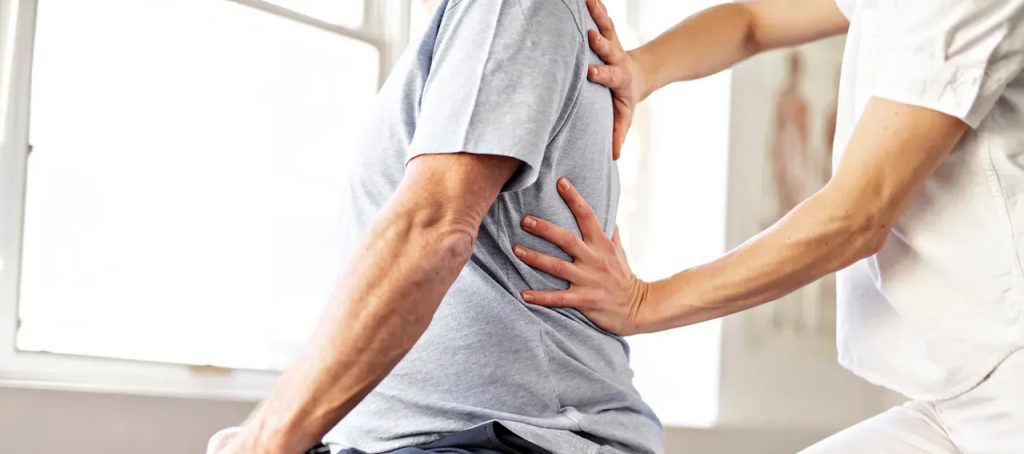
Medical Conditions Addressed In Physical Medicine And Rehabilitation
Physical medicine and rehabilitation (PM&R) address a diverse range of medical conditions aimed at restoring function and improving the quality of life for individuals with physical disabilities. One of the primary categories includes neurological disorders, encompassing conditions such as stroke, traumatic brain injury, multiple sclerosis, and Parkinson’s disease, among others. PM&R also focuses on musculoskeletal injuries, including fractures, ligament tears, and joint dislocations, with treatment modalities such as physical therapy and therapeutic exercise. Moreover, PM&R plays a crucial role in managing cardiovascular conditions like heart attack recovery, peripheral artery disease, and heart failure rehabilitation through exercise programs and lifestyle modifications. Chronic pain syndromes, such as low back pain, fibromyalgia, and neuropathic pain, are another significant area of focus within PM&R, utilizing a multidisciplinary approach involving medications, physical modalities, and psychological interventions. Additionally, PM&R addresses conditions like amputations and spinal cord injuries, providing comprehensive rehabilitation services to enhance mobility, function, and independence for individuals affected by these life-altering events.
Principles Of Physical Medicine And Rehabilitation Treatment
The principles underlying rehabilitation and physical medicine treatment are fundamental to achieving optimal patient outcomes. First and foremost is the principle of comprehensive patient assessment, where healthcare professionals conduct thorough evaluations to understand the patient’s medical history, functional limitations, and personal goals. This assessment forms the basis for developing individualized rehabilitation plans tailored to each patient’s unique needs and circumstances. Central to PM&R is the adoption of a multidisciplinary approach to treatment, involving collaboration among various healthcare professionals such as physicians, physical therapists, occupational therapists, speech therapists, and psychologists.
This interdisciplinary teamwork ensures that patients receive holistic care addressing their physical, cognitive, emotional, and social needs. Moreover, PM&R emphasizes the integration of diverse therapeutic modalities, including physical therapy, occupational therapy, and other evidence-based interventions such as hydrotherapy, electrotherapy, and manual therapy. By combining these modalities synergistically, PM&R maximizes the effectiveness of rehabilitation efforts, promoting functional recovery, independence, and overall well-being for individuals with disabilities or impairments.
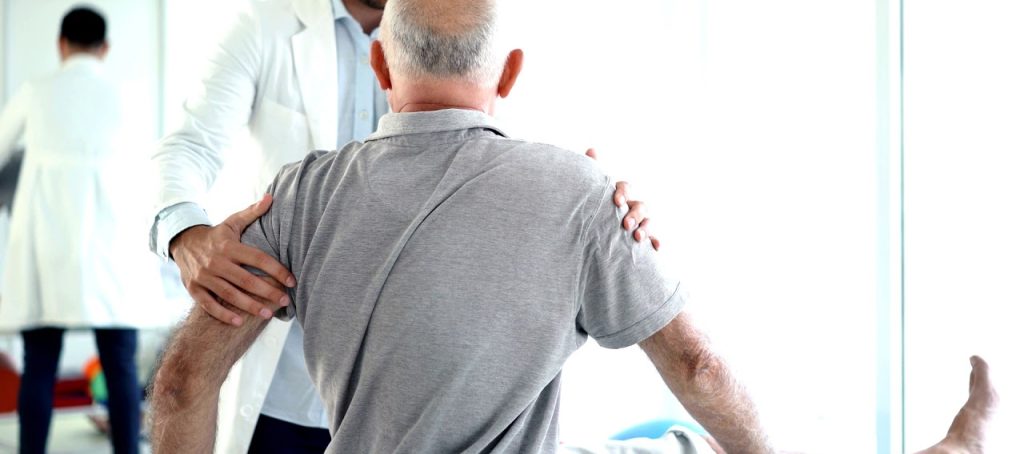
Diagnostic Techniques And Assessment Tools
In physical medicine and rehabilitation (PM&R), diagnostic techniques and assessment tools play a crucial role in understanding patients’ conditions and designing effective treatment plans. A physical examination serves as a foundational step, allowing healthcare providers to assess mobility, strength, sensation, and other functional abilities. Additionally, imaging studies such as MRI and CT scans provide detailed anatomical information, helping identify structural abnormalities or lesions that may be contributing to the patient’s symptoms. Electrophysiological testing, including electromyography (EMG) and nerve conduction studies, aids in evaluating nerve and muscle function, particularly in conditions like peripheral neuropathy or nerve injuries. Furthermore, PM&R utilizes functional assessment scales and questionnaires to quantify patients’ functional status, monitor progress over time, and guide treatment decisions. These tools provide valuable insights into patients’ abilities, limitations, and participation in daily activities, facilitating the development of personalized rehabilitation strategies tailored to their specific needs.
Treatment Modalities In PM&R
Physical medicine and rehab employ a variety of treatment modalities aimed at enhancing functional independence and improving the quality of life for individuals with physical disabilities or impairments. Physical therapy (PT) focuses on restoring movement, strength, and flexibility through therapeutic exercises, manual techniques, and modalities such as heat and cold therapy. Occupational therapy (OT) addresses activities of daily living (ADLs) and functional skills, helping individuals regain independence in tasks like self-care, home management, and work-related activities. Speech therapy (ST) is crucial for improving communication, swallowing, and cognitive-linguistic abilities in patients with speech and language disorders, neurological conditions, or swallowing difficulties. Pharmacological interventions play a role in managing symptoms such as pain, spasticity, or neuropathic symptoms, with medications tailored to individual needs and goals. Additionally, PM&R utilizes assistive devices and prosthetics to compensate for functional deficits and enhance mobility, including wheelchairs, orthoses, prosthetic limbs, and communication aids, enabling individuals to participate more fully in their daily activities and social interactions. By integrating these diverse modalities, PM&R aims to optimize function, promote independence, and enhance overall well-being for patients across the lifespan.
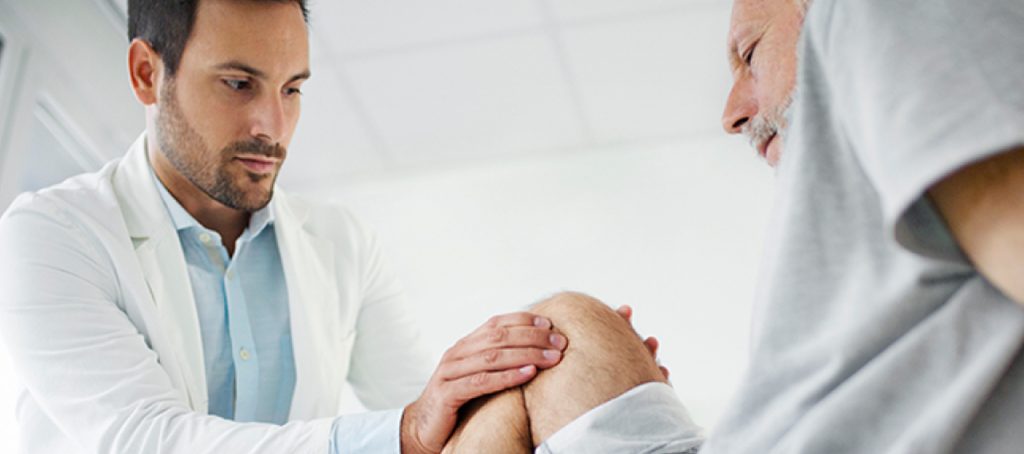
Rehabilitation Settings
Rehabilitation settings in physical medicine and rehabilitation (PM&R) encompass a range of environments tailored to meet the diverse needs of patients undergoing rehabilitation. Inpatient rehabilitation facilities offer intensive, multidisciplinary care for individuals requiring round-the-clock supervision and specialized services following acute medical events such as strokes, spinal cord injuries, or major surgeries. Outpatient rehabilitation centers provide structured therapy sessions on a part-time basis, allowing patients to receive rehabilitation services while maintaining their daily routines and responsibilities.
Home-based rehabilitation programs bring rehabilitation services directly to patients’ homes, offering convenience and personalized care for individuals with mobility limitations or transportation challenges. Community-based rehabilitation services extend rehabilitation beyond clinical settings, incorporating activities and resources within the community to promote social integration, participation, and independence for individuals with disabilities. By offering a continuum of care across various settings, PM&R aims to optimize outcomes and support individuals in achieving their rehabilitation goals within their preferred environment.
Challenges And Future Directions
In the realm of physical medicine and rehabilitation (PM&R), several challenges and future directions are crucial for advancing patient care and the field as a whole. One significant challenge is addressing healthcare disparities in access to PM&R services, particularly among underserved populations and rural communities. Efforts to improve access may involve increasing awareness, expanding healthcare infrastructure, and implementing telemedicine solutions to reach patients in remote areas.

Additionally, advancements in technology are poised to revolutionize rehabilitation by enhancing treatment efficacy, accessibility, and patient engagement. Innovations such as virtual reality, wearable devices, and robotics hold promise for improving outcomes and expanding rehabilitation options for patients with diverse needs. Furthermore, research priorities in PM&R focus on areas such as neuroplasticity, personalized medicine, and outcome measurement, aiming to advance evidence-based practice and optimize treatment strategies. Lastly, training and workforce development are essential for ensuring a skilled and diverse workforce capable of meeting the evolving demands of PM&R. This entails fostering interdisciplinary collaboration, promoting cultural competence, and expanding training opportunities to address emerging trends and specialties within the field. By addressing these challenges and embracing future directions, PM&R can continue to evolve and enhance its capacity to deliver high-quality, patient-centered care to individuals with physical disabilities or impairments.
Conclusion
In conclusion, physical medicine and rehabilitation (PM&R) play a pivotal role in improving patient outcomes and enhancing the quality of life for individuals with physical disabilities or impairments. By employing a holistic approach to patient care and utilizing diverse treatment modalities, PM&R aims to restore function, promote independence, and facilitate social integration. The significance of PM&R lies in its ability to address the complex needs of patients across the lifespan, from acute medical events to chronic conditions, and to empower individuals to maximize their potential and participation in society.
Looking ahead, the field of PM&R holds promising prospects, with potential advancements in technology, research, and workforce development. Innovations such as wearable devices, telemedicine, and personalized medicine have the potential to transform rehabilitation practice, expanding access to care and improving treatment outcomes. Furthermore, ongoing research efforts and interdisciplinary collaboration will continue to drive advancements in evidence-based practice, further enhancing the effectiveness and efficiency of PM&R interventions. With a commitment to innovation, inclusivity, and patient-centered care, PM&R is poised to play an increasingly vital role in meeting the evolving healthcare needs of diverse populations and improving the lives of individuals with physical disabilities or impairments.
Experience comprehensive care at South Texas Spine & Joint Institute. Our experts in physical medicine and rehabilitation near me are dedicated to restoring your mobility and improving your quality of life. Schedule your appointment today and take the first step towards a pain-free and active lifestyle.
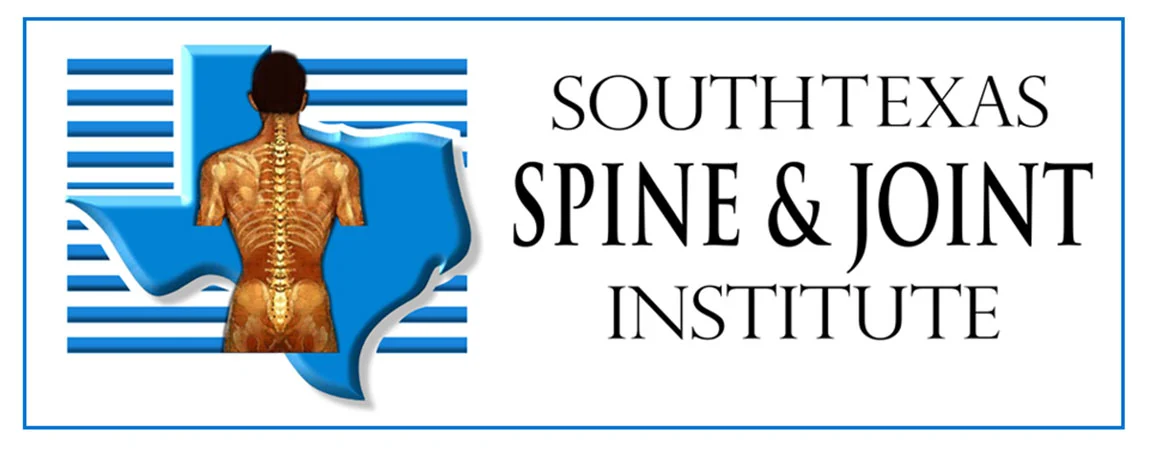
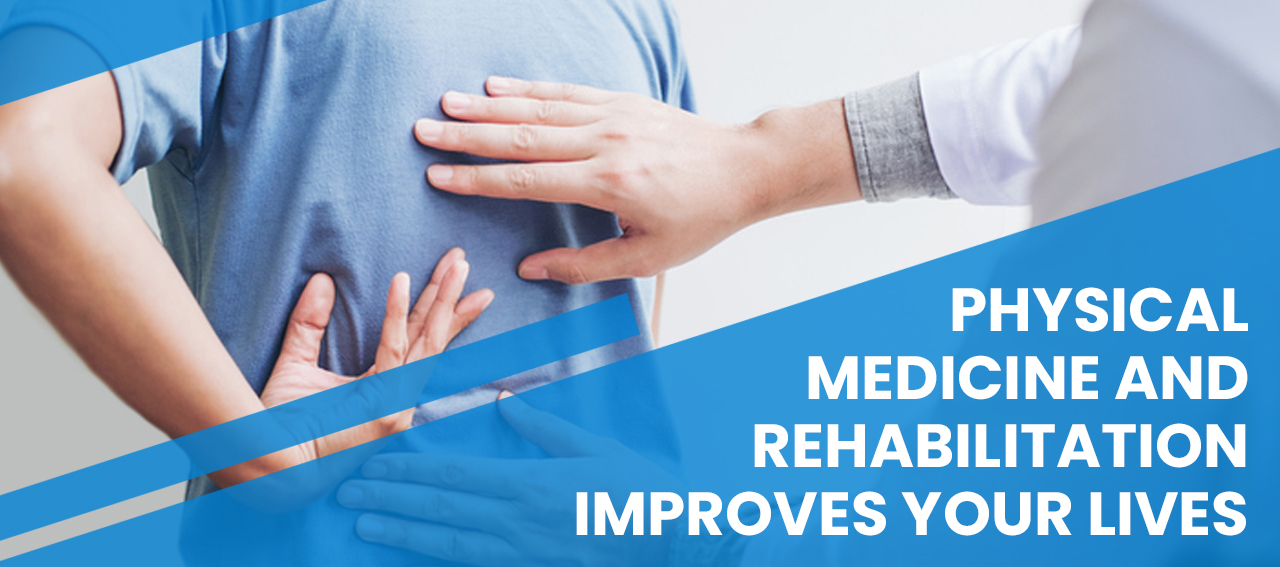
No comment yet, add your voice below!